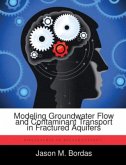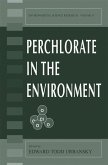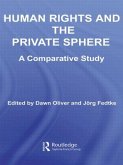Perchlorate contaminated groundwater is rapidly becoming a significant environmental remediation issue for the Department of Defense. In this study, an existing numerical model that simulates the operation of a Horizontal Flow Treatment Well (HFTW) system to effect the in situ biodegradation of perchlorate through the addition of an electron donor is modified to include a submodel that describes bioclogging. Bioclogging restricts flow out of the HFTW due to the accumulation of biomass directly adjacent to the well. The modified model is then applied to an existing perchlorate contaminated site that will be used for an evaluation of the HFTW technology. Simulations were conducted to determine the impact of altering various engineered parameters on HFTW performance. Simulation results indicate that higher time averaged electron donor concentrations and HFTW pumping rates lead to more perchlorate degradation in terms of total mass of perchlorate removed.
Bitte wählen Sie Ihr Anliegen aus.
Rechnungen
Retourenschein anfordern
Bestellstatus
Storno








